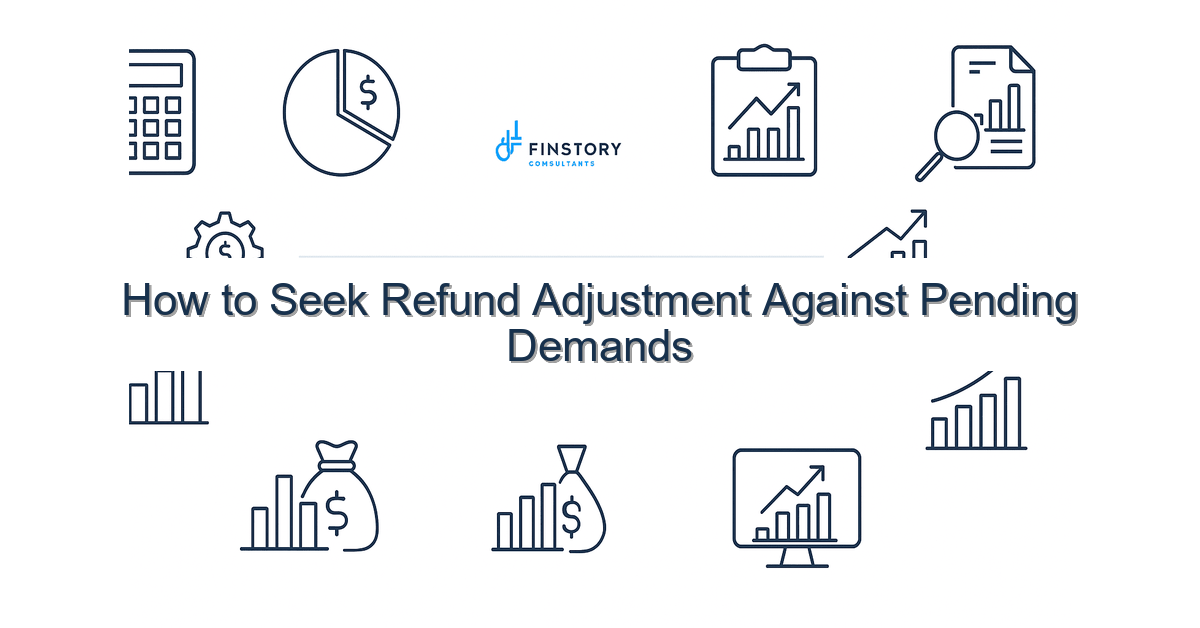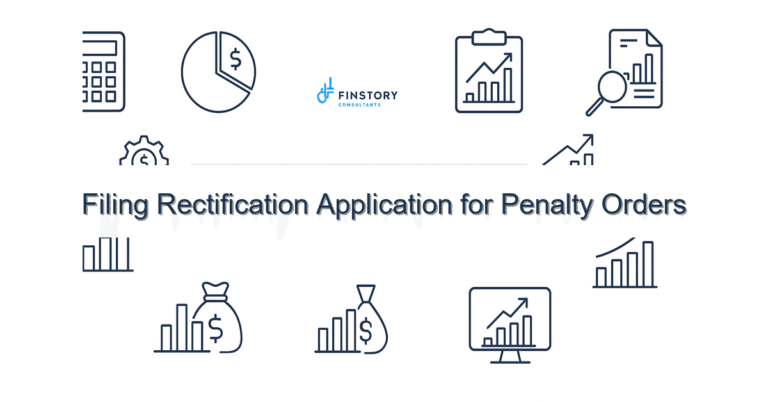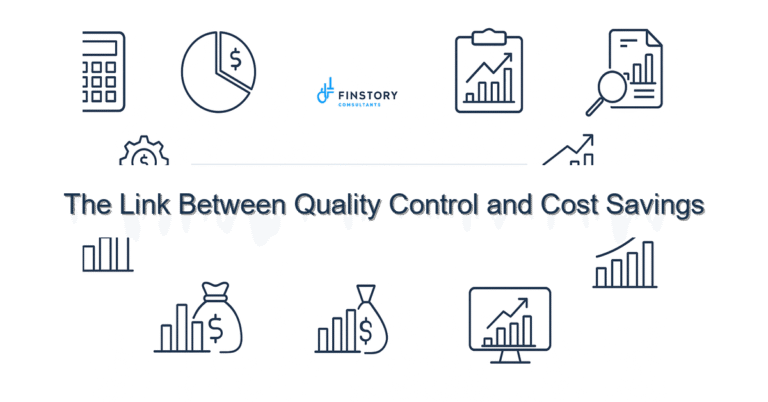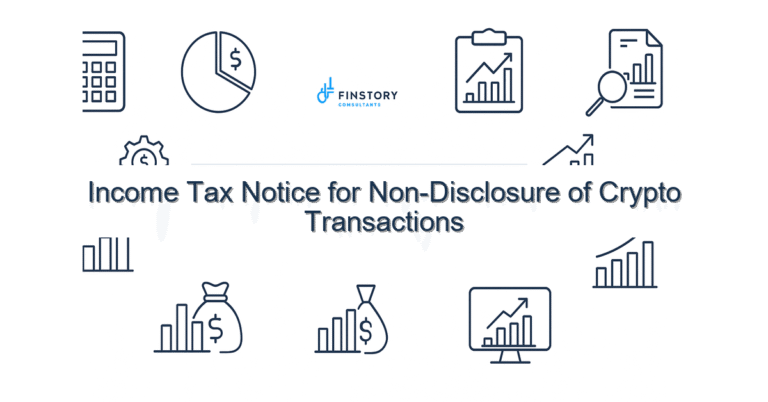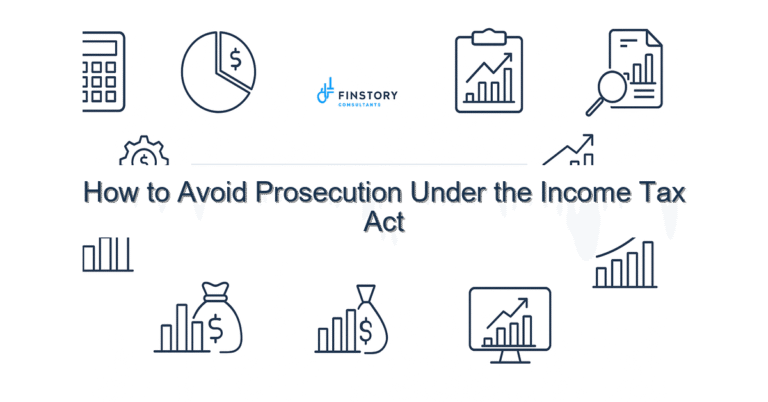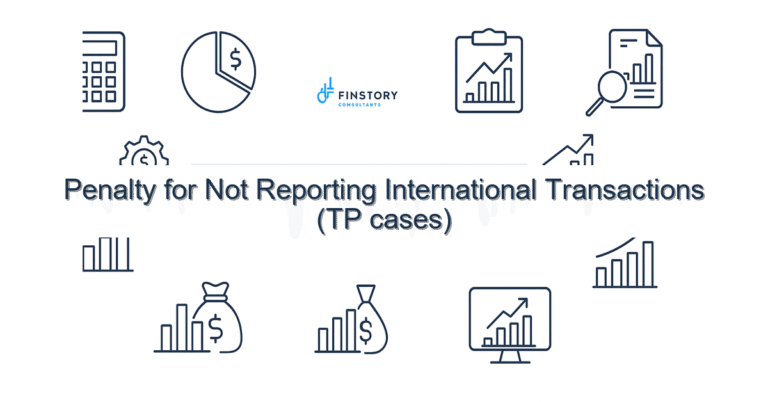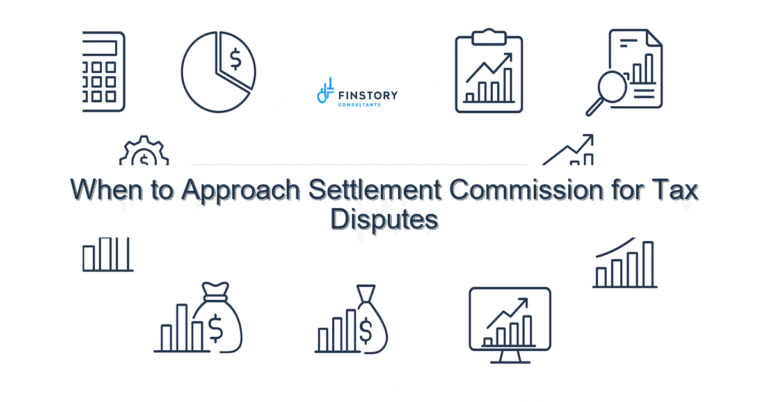How to Seek Refund Adjustment Against Pending Demands
Waiting for a refund only to see it eaten up by an unexpected demand is one of the most stressful post-ITR experiences for salaried employees, professionals, founders and MSMEs. You’re not alone — this happens because records (TDS/TCS, AIS/26AS, returns) often don’t match the tax department’s demand list.
Summary: If your refund is adjusted against a pending demand, act quickly: reconcile 26AS/AIS, confirm the demand source, file rectification or appeal where appropriate, and use a targeted representation to recover or reissue your refund. Early action and accurate documentation make the difference.
What’s the real problem in India?
In income tax india practice, refunds are routinely set off against outstanding demands per Section 245 of the Income-tax Act. The problems arise because of timing mismatches across AY/PY records, TDS/TCS reporting errors, or unnotified demands (CPC vs AO difference). CBDT timelines, automated CPC adjustments, and multiple forms/portals (ITR, e-filing, TRACES) add friction for taxpayers trying to assert a rightful refund.
- Symptom 1: You filed ITR before corrected TDS/TCS statement appeared in AIS/26AS.
- Symptom 2: CPC sends an intimation showing refund adjusted against a demand you didn’t know existed.
- Symptom 3: Demand is due to a past AY/PY or penalty; you believe assessment is incorrect and are in appeal.
What people get wrong
Many taxpayers assume refunds are ‘protected’ until a demand is challenged — not true. Others wait weeks hoping the e-filing portal will auto-correct a mismatch. Common pitfalls:
- Not checking AIS/26AS before and after filing ITR — missed TDS/TCS credits or corrections.
- Assuming a notice will arrive before adjustment — CPC often offsets refunds without additional notice.
- Ignoring small demand components such as interest or penalty; these will consume refunds unless addressed.
- Trying to chase the refund without a proper reconciliation or documentary proof — delays get longer.
A better approach
Resolve refund-versus-demand problems with a focused, documented workflow.
- Reconcile: Compare your ITR, Form 26AS/AIS and TDS/TCS certificates to identify the exact source of the demand.
- Validate: Determine whether the demand is valid, partly valid, or erroneous (interest/penalty vs principal tax).
- Remediate: If the demand is due to reporting errors, correct TDS/TCS statements or file a rectification under Section 154 online on the e-filing portal.
- Appeal/Stay: If you genuinely dispute the demand, file an appeal or seek stay/adjustment protection via CPC/AO channels while documenting the dispute.
- Represent: Submit a reasoned request with AIS/26AS, bank statements, TDS certificates and ITR V/acknowledgment to the jurisdictional AO and CPC for reissue of refund after demand resolution.
Real-world example: A Bengaluru founder had a refund of Rs 1.2 lakh adjusted against a TDS mismatch from FY 2019–20. After reconciling AIS/26AS and filing a corrected TDS statement and rectification request, CPC reissued Rs 1.05 lakh in three months (minor adjustments retained for interest). Early documentation cut resolution time by half.
Quick implementation checklist
- Immediately download Form 26AS and AIS for the relevant AY/PY from the e-filing portal and TRACES.
- List all demands shown on the e-filing portal — note demand number, AY, nature (tax/interest/penalty) and amount.
- Match demand amounts with your ITR components (tax paid, TDS/TCS, self-assessment tax, advance tax).
- If TDS/TCS is missing or incorrect, ask the deductor to file a correction statement and obtain a TDS certificate.
- Where a demand is evidently wrong, file an online rectification (Section 154) or submit a detailed response to the notice via e-filing grievance or CPC portal.
- If the demand is under dispute, file your appeal with supporting documents and, where appropriate, a stay application.
- Maintain a refund reconciliation file: copies of AIS/26AS, ITR Acknowledgment, bank statements and communication with deductors/AO.
- Use TDS/TCS tracking tools or professional software to alert on mismatches and upcoming ITR filing last date to prevent rush errors.
- Follow up with the AO and CPC regularly — keep a log of URNs and ticket numbers for escalation.
What success looks like
- Refund recovered or reissued within 2–4 months after submission of complete documentation.
- Reduction in future demand notices by reconciling AIS/26AS before every ITR filing.
- Lower time spent resolving disputes — measurable drop in follow-up emails/calls.
- Higher percentage of refunds retained (example: move from 40% net refund after adjustments to 90% by fixing TDS mismatches proactively).
- Fewer surprise adjustments during compliance season such as close to ITR filing last date.
Risks & how to manage them
Risk: CPC automatically sets off refunds under Section 245. Mitigation: keep documentation ready and reconcile early.
Risk: Delay in corrected TDS/TCS statements from payors. Mitigation: obtain written confirmation and escalate via TRACES; consider interim payment if demand is legitimate to prevent interest piling up.
Risk: Misinterpretation of notices (AO vs CPC). Mitigation: work with a tax advisor to draft precise responses and appeals within statutory timelines.
Tools & data
- AIS/26AS: Your primary source to verify TDS/TCS and prior adjustments — download before and after ITR filing.
- E-filing portal: Use for rectification (Section 154), filing appeals, checking demand status and raising grievances.
- TDS/TCS tracking tools: Software and spreadsheets that reconcile deductions against AIS/26AS automatically.
- Bank statements and capital gains indexation proofs: Important where refunds relate to capital gains adjustments or indexation differences.
FAQs
Q: Can a refund be adjusted against any past demand?
A: Yes. Under Section 245, refunds can be set off against outstanding demands for tax, interest or penalty unless you have a valid appeal/stay or the demand is demonstrably incorrect.
Q: How do I prevent my refund getting adjusted?
A: Reconcile AIS/26AS and get TDS/TCS corrections done before filing ITR; respond promptly to notices; if you dispute a demand, file an appeal/stay and provide documentary proof to AO and CPC.
Q: How long before a reissued refund appears?
A: Timing varies: after resolution of demand or successful appeal, reissuance can take weeks to a few months depending on CPC/AO workload and CBDT timelines.
Q: Should I pay a demand to get a refund sooner?
A: If the demand is clearly valid and interest/penalty will escalate, paying and then claiming refund after contesting may be pragmatic. Discuss with a tax advisor first.
Next steps
If you’re facing an adjusted refund or an unexplained demand, the fastest path is a documented reconciliation followed by a professional representation. Finstory helps reconcile AIS/26AS, prepare rectifications, and represent you before CPC/AO so you recover refunds faster and reduce future mismatches.
For guidance on tax planning that avoids these traps — including optimising investments within the Section 80C limit, choosing between new vs old regime slabs, or handling capital gains indexation — book a consultation. Also see our practical resources.
Work with Finstory. Speak with an Expert for a personalised plan to reduce your tax outgo and stay compliant. Book a free 20-min consultation.
📞 Need help with Income Tax in India?
Book a 20-min consultation with our tax team. Individuals, founders & MSMEs welcome.
Prefer email or phone? Write to info@finstory.net
or call +91 44-45811170.
